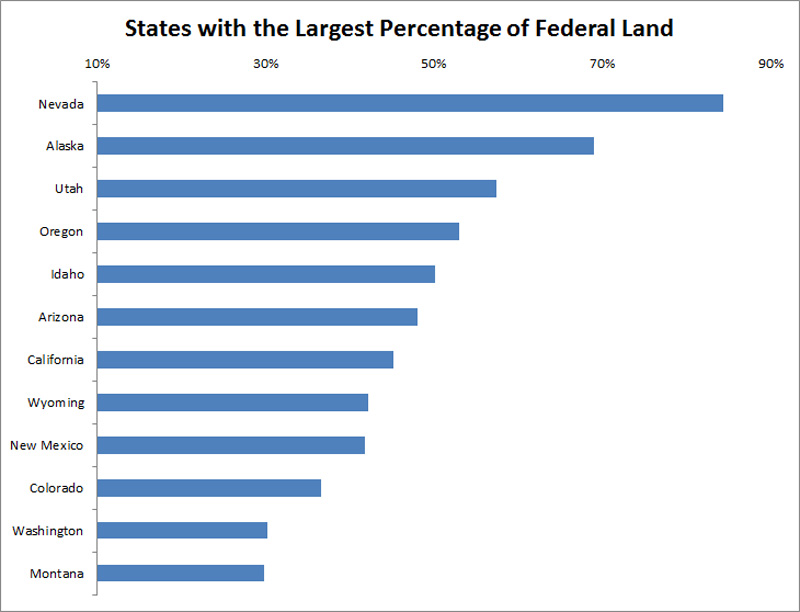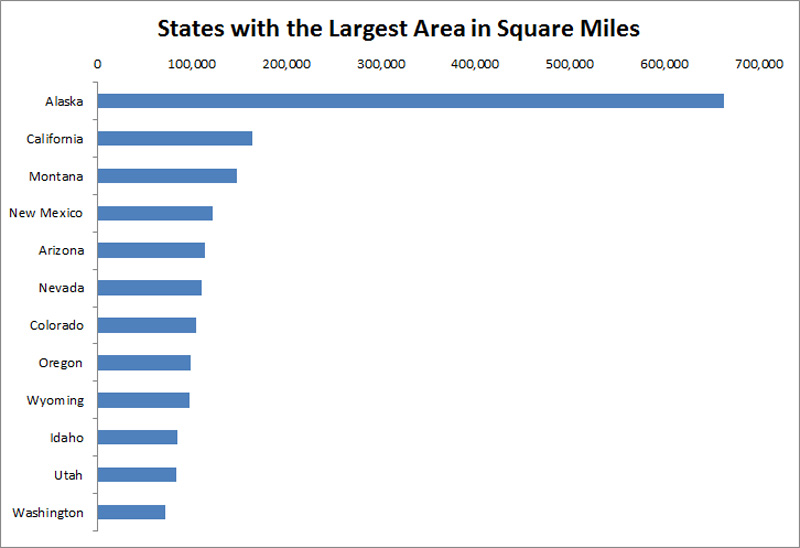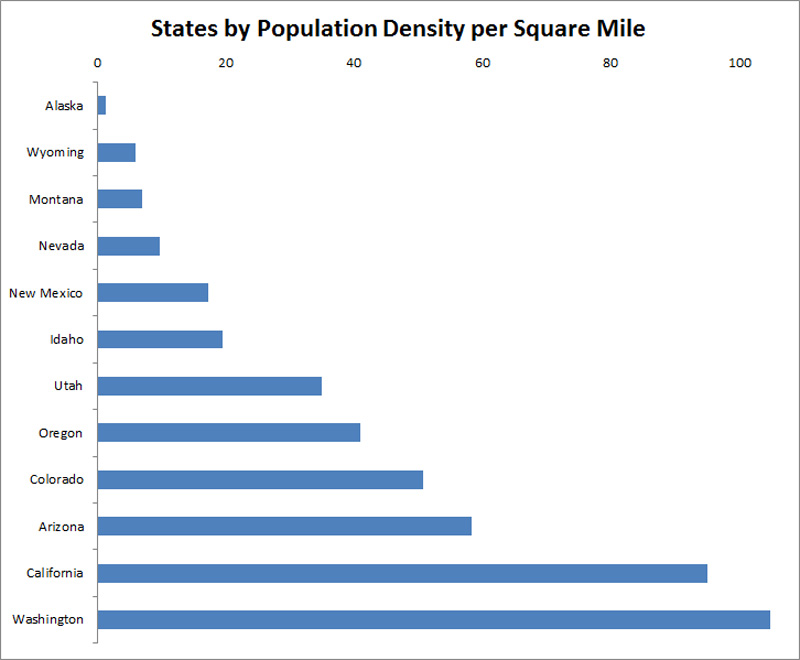August 27, 2014
No, this isn’t about iPods on the trail. I never take music on a backpacking trip.
I am in an airplane traveling at hundreds of miles per hour at an altitude above 30,000 feet. Once I get home I will have a quick turnaround to head out for a Labor Day camping trip with Joyce, so I won’t post this until that trip is done.
As is my preference, I have a window seat where I can see the earth below. Too far up to see any details, and often hidden by clouds. But clouds are good. Like a snowflake each cloud formation is unique and pleasurable to watch. Time passes, and I think of many things between my observations beyond my little window.
I am returning from a trip to Durham, North Carolina. As I am oft to do, I was able to throw together a quick trip. Like I did in the Cedars of Lebanon trip, my hike was a figure 8. Perhaps this is a new motif in my hiking — figure 8’s.
A couple years ago I wrote about backpacking with a camera. Most of the time I don’t take one on a backpacking trip. They just are another piece of technology to deal with. I backpack for my own pleasure, not to impress others with each trip. So I have no pictures to share.
Anyway, I found myself in Umstead State Park hiking both the Sycamore Trail and the Company Mill Trail. Even though I walked during the week with almost no other hikers to share the trail, the hike, in and of itself, was nothing special. This needs some clarification. Every hike is special to me, but others may not find anything special or inspirational about this trip. Since I hike only for my own pleasure, and only write about my trips for my kids to read so they know what I am up to each week; each trip is special to me.
Over they past couple of years I have done many of these short trips. Some are sub 24 hour overnights, others 2 – 4 days. I often hear from or read about hikers who in live in places away from the western states asking for help in planning a wilderness trip. I find it easy to locate good solitary hikes of 1 — 4 days in the central, eastern, and southern states without a lot of planning, logistics, or driving from a major city. However, finding a long hike of a week or more with few other hikers on the trail or passing near or even in cities is often problematic.
I always seek remote hikes. People, roads, cities and towns interrupt the rhythm of a hike. Short hikes are good and they are better than not hiking. But long hikes are better, and long hikes without other people are best. The short hikes are like a single note on a page of music. A single ping or blip. The long trips connect the single notes. Solo walking keeps a consistent rhythm. Together they are a pleasant melody. Decades of the melodies turn it into my life’s symphony. A constant theme that has been the string that ties the days, weeks, months, and years into my good life.
Last year I wrote about hiking where you live, and live where you hike. But everyone can’t do this — or so they say. They would have to move. I heartily recommend doing this if you don’t live close to expansive wild areas. So where would one live?
To me the three most important criteria are:
- Percentage of public land held by the Federal Government (most hiking opportunities)
- Area of Land (in Square Miles)
- Population Density (the fewer people the better)
For me, living in the southern desert of California and having close access to Nevada and Arizona is perfect. I have hiked in every state on the list except Alaska. The first chart is the states with the highest percentage of federally owned public lands. The next two charts show total land area and population density.
So for those who complain there is nowhere to hike, I suggest you take Horace Greeley’s advice and…
Go west, young man.


